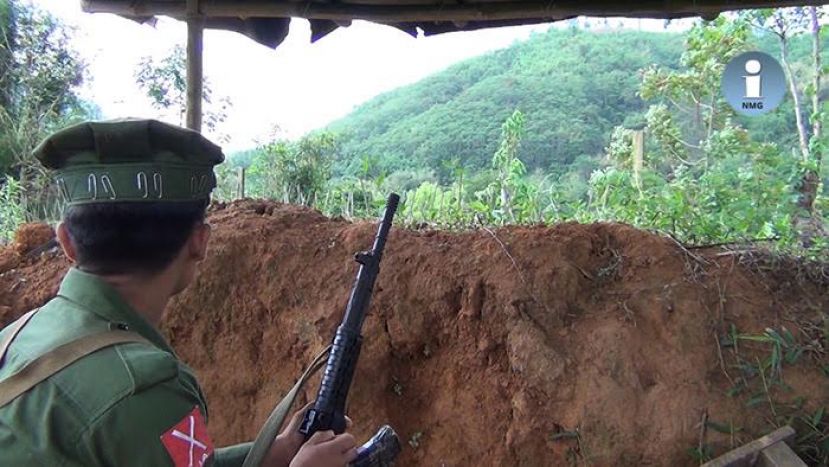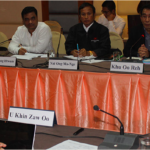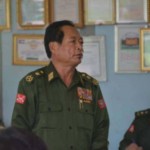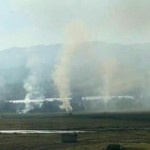Burma News International (BNI) | October 27, 2016
Kachin Independence Organisation (KIO)’s Information Officer Lt-Col Naw Bu warned that fighting might escalate in Kachin Independence Army (KIA) controlled areas in Kachin and northern Shan states following Burma Army reinforcements to those areas.
He said: “The Burma Army has been launching offensives against our KIO headquarters’ Laiza area and northern Shan State. Military tensions are high. We have learnt that
The KIO/KIA said they do not know which divisions or battalions the reinforcements come from as the Burma Army has been assigning troops from various divisions and battalions to reinforce those already in the area.
The All Burma Students’ Democratic Front Northern Branch (ABSDF-NB) chairperson Major La Sai also said that the Burma Army had attacked their camps with heavy artillery, even though the ABSDF signed the nationwide ceasefire agreement (NCA) with the government in October 2015.
He also said that at present the ABSDF-NB are just monitoring the situation and not responding to the Burma Army attacks.
Political parties, parliamentary representatives, civil society organisations and ethnic people living in Burma and abroad have called on the Burma Army to stop fighting in all ethnic areas, including Kachin State, despite this fighting in ethnic areas is still ongoing.
Previously, the Delegation for Political Negotiation (DPN), which represents members of the United Nationalities Federal Council (UNFC), a coalition of ethnic armed organisations (EAOs) who have not yet signed the nationwide ceasefire agreement (NCA), were attending meetings of the Union Peace Dialogue Joint Committee (UPDJC) which was set up as part of the NCA process.
But, according to the Lisu National Development Party (LNDP) chairman U Shwe Min, when the DPN stopped attending the UPDJC meetings the fighting intensified.
He said: “We were very happy at first because of the DPN’s participation. Major General Gun Maw from the KIA and U Khu Reh were included. We were joyful. But, due to an unknown reason, [the DPN] didn’t come [to the meeting] on 15 September. In my opinion, the sound of gunfire became louder after their absence [at the meeting]. Clashes broke out in our Kachin State.”
Since then, during September and October there has been intense fighting in Kachin, Shan and Karen states.
Network Media Group has also learned that residents of Ma La Mai Yang Village near the Laiza headquarters of the KIO/KIA had to flee when heavy artillery shells fell on their village.
People displaced by the fighting between the Burma Army and the KIA say they are finding it difficult to survive and are facing livelihood, education, and health issues.
In a statement released on 8 October the KIO Central Committee accused the Burma Army of ‘destroying [the] genuine internal peace process’ and ‘attempting to fuel the civil war’ by launching intense offensives.
Translated by Thida Linn
Edited in English by Mark Inkey for BNI
This article originally appeared on Burma News International on October 27, 2016.







